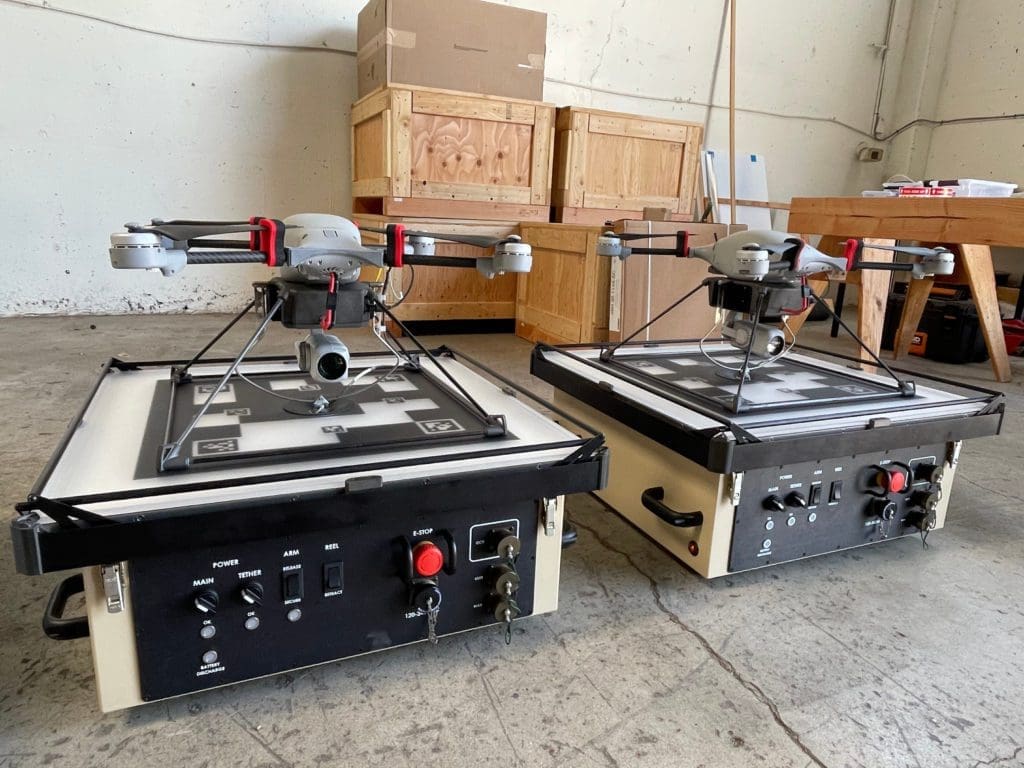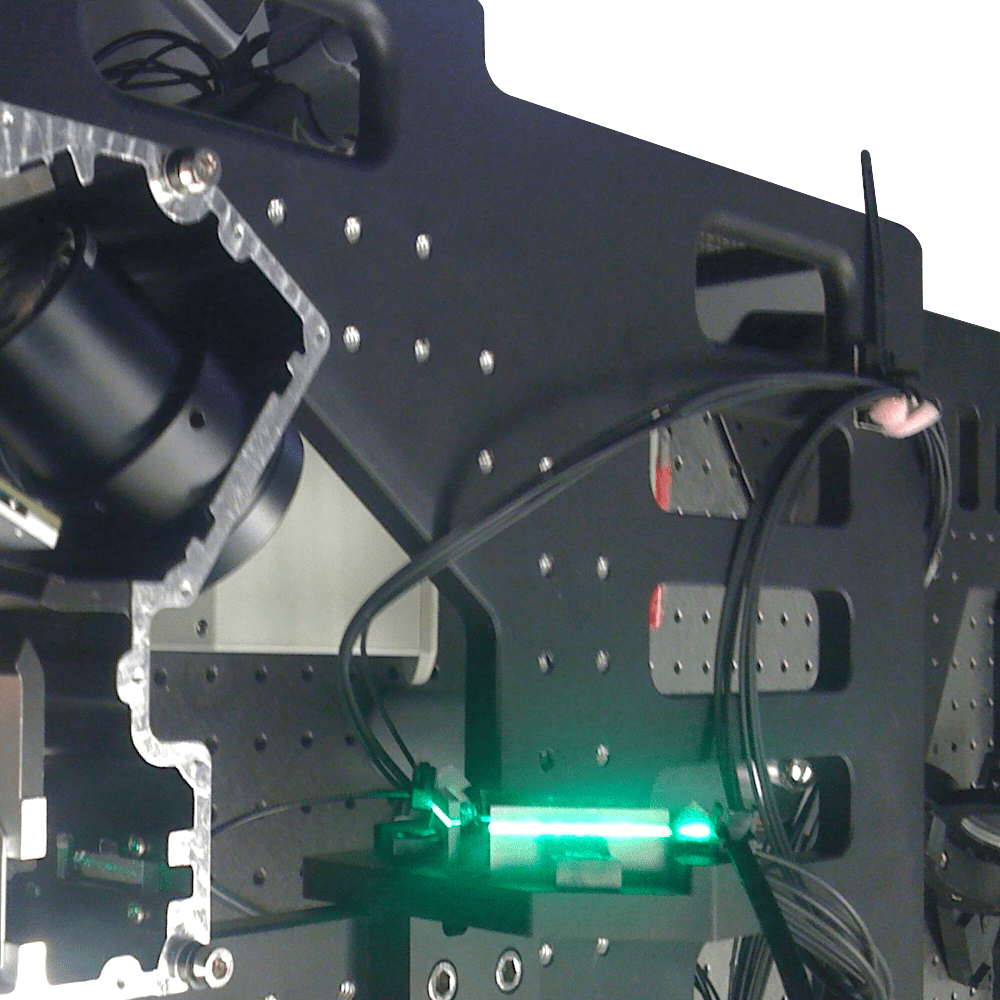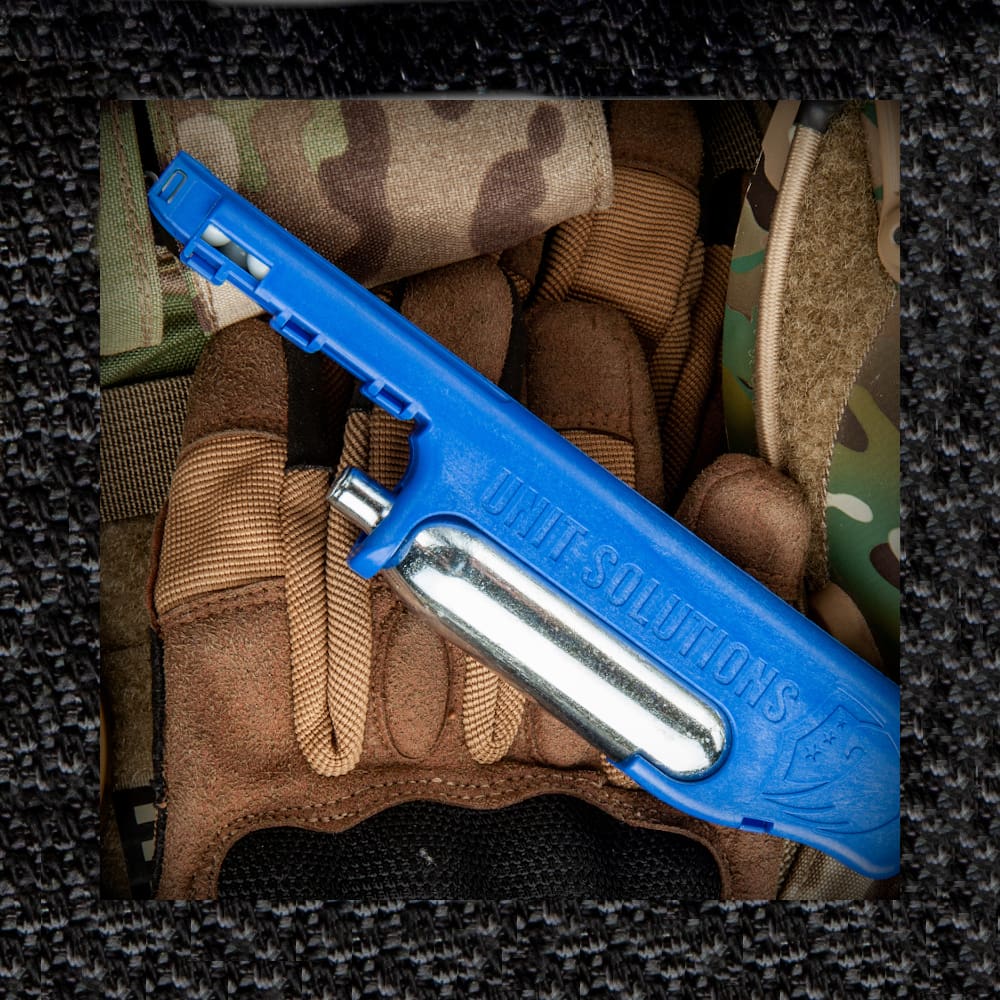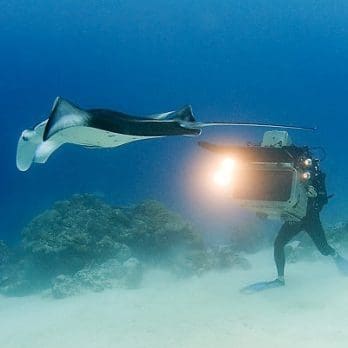Tethered Sensor Platform System Description
 Planck Aerosystems has developed a platform for deploying sensor systems mounted to autonomous aircraft operating from a moving vehicle. They refer to it as the AVEM™ tethered sensor platform. Its purpose is to free the operator from the need to pilot the aircraft so the operator can maintain focus on other mission critical activities. The use of a tether to pass both power and data eliminates RF communications and permits nearly unlimited deployment duration.
Planck Aerosystems has developed a platform for deploying sensor systems mounted to autonomous aircraft operating from a moving vehicle. They refer to it as the AVEM™ tethered sensor platform. Its purpose is to free the operator from the need to pilot the aircraft so the operator can maintain focus on other mission critical activities. The use of a tether to pass both power and data eliminates RF communications and permits nearly unlimited deployment duration.
The system is designed for autonomous operation using Planck’s Autonomous Control Engine (ACE™). This system controls all in-flight operations including vehicle tracking, altitude control, attitude control, and landing control. Any sensor payload that conforms to the size and weight limits can be mounted to the aircraft through a modular interface. Other system benefits include that ability to deploy the system on land or at sea, GPS-optional flight, fail-safe mechanisms, small space claim on the vehicle, active tether management to avoid snags.
Development of the Deck and Tether Segments
NOVO contributed to the development of the deck and tether segments, as well as the adaptors for the modular sensor system.
The deck segment, or landing pad, is mounted to the moving vehicle. The functions of the deck segment are to retain the aircraft securely to the deck during transport, launch the aircraft at the operator’s command, provide a target for the aircraft to acquire for navigating back to the deck segment, and capture the aircraft upon landing. Primary technical challenges included:
- Integrating power and control electronics along with the capture mechanism within the size constraints for the system
- Ruggedization and field service-ability design
- Developing a reliable capture mechanism that could accommodate the landing orientation tolerances
- Design for all-weather, all climate zone, conditions – this was particularly challenging given that the tether retraction assembly had to feed through an aperture in the deck.
- Balancing tether mechanical requirements, cable flex life, and windage of the tether segment while minimizing weight to preserve payload for sensors.
- Thermal management of the deck segment given the substantial amount of power the system consumed and the I2R losses from the transformers
- Meeting the COGs requirements













